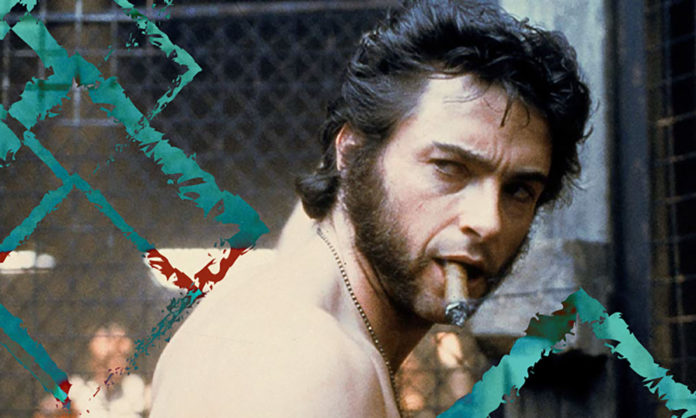Characters are often recognized by the objects we associate with them, particularly in popular fiction. Sometimes, this represents the author’s intentional choice of symbol to represent the character or their journey, such as Twain’s use of the raft and river in Huckleberry Finn. Others, the object arises organically from the story details and becomes attached through the character by plot or repetition. Holmes’ magnifying glass is a common tool of his trade, but it also represents his attention to detail. The dirt of Transylvania is Dracula’s place of repose, but it also represents safety and home.
In an article for CrimeReads, writer Heather Redmond examines a number of famous characters and the objects, symbols, talismans, and fetishes that we associate with them. “Have you ever stopped to think about how the items in books help to define our favorite characters?” she writes. “As far as we can go back into the world of story, we see the value of objects in how they help to define characters.”
From Zeus’ lightning bolt (power) to the Hardy Boys’ motorcycles (status, personal freedom), and Lucy’s football (untrustworthiness) to the trophies collected by fictional serial killers (power), objects take on an outsize meaning in much of fiction.
In her own books, Redmond uses objects to identify the class of her characters. The type of tea cup they use and whether their coal hod is hand-painted signify their wealth and status. Of course, once the books are published, the story and its symbols can be interpreted by readers in any number of ways.
By paying attention to what the author describes, we can find messages about their characters, and learn how to create these symbols in our own work. Consider the objects you’ve placed in your characters’ hands. Do you see any patterns or repetitions? Are you selecting these objects with purpose? If not, take some time to consider the details you’ve used to build your characters and look for places to insert objects that convey more meaning.












